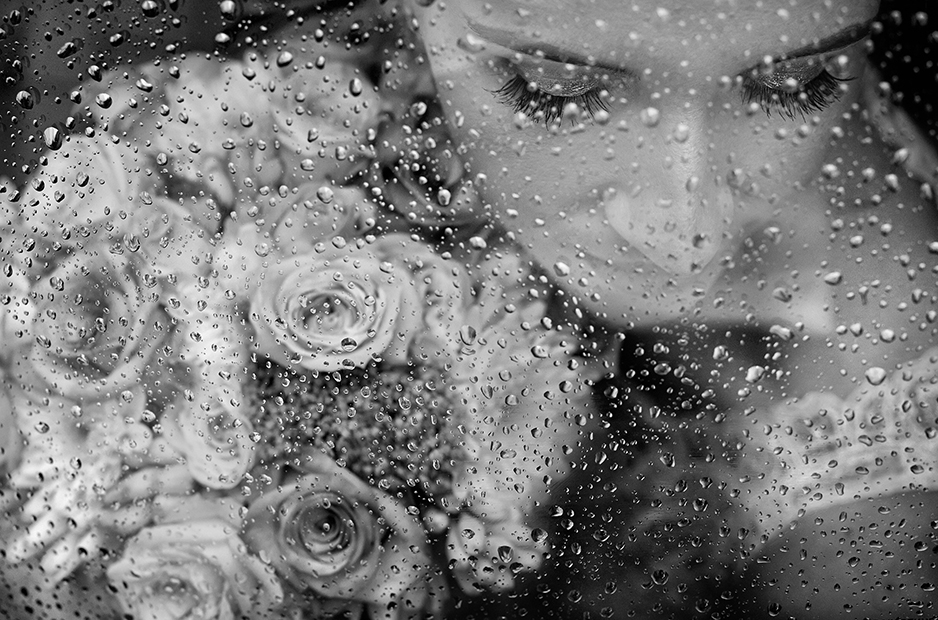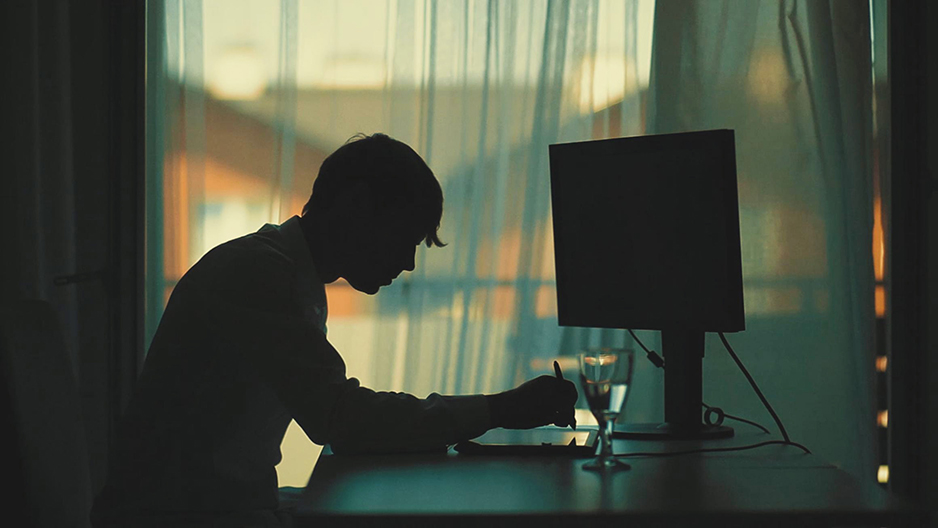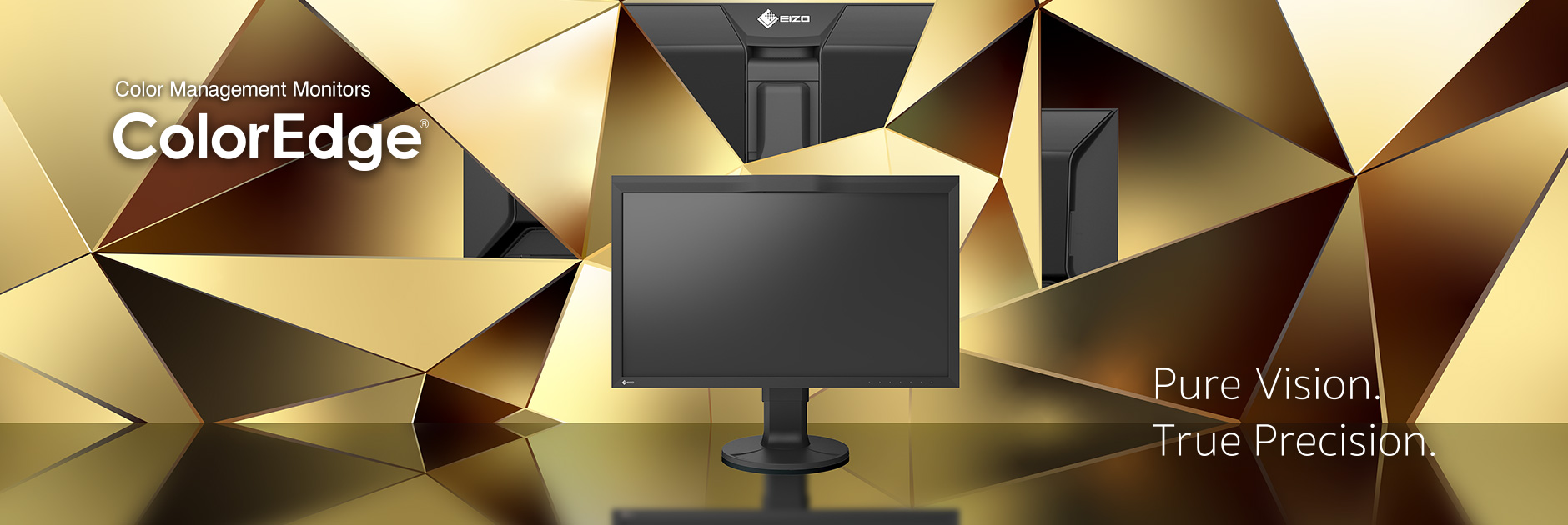Case Studies
Greg Moment - Wedding Photographer
Products Deployed: ColorEdge CG2420
What do you do for a living?
I work as a wedding photographer, balancing my passion for photography with my duties as husband and father. The subjects of my photos are mainly women and newlywed couples. I capture pictures from weddings all over the world, I write books about photography (not just the wedding kind), and I spend a lot of time teaching photography and image editing to others. For the last couple of years, I’ve been traveling to share my passion with fellow photographers. My job has given me an opportunity to set foot on different continents and meet many wonderful people. Additionally, I’m a lecturer for the Polish Nikon Academy, which helps me to keep growing as a professional. While I obviously do paid work for my clients, I also try to find some time to take pictures for myself to realize my own visions and ideas. I feel comfortable in the studio, but at the same time I really enjoy capturing fleeting moments during weddings. I pay great attention to quality, and to the way my photographs look both in digital and printed form. I like to know how my pictures are going to be viewed and by whom – I’m certainly not the kind of person who’s happy to just save the image files on a computer. For me, the finished photographs need to be displayed in a proper manner. I’ve had the pleasure of winning several prestigious, international awards, which serves as a motivator for me to keep working and keep taking better pictures. As you mature as a person and photographer, you’re able to see what’s truly important in photography. I always respect my clients’ expectations, but I try not to follow the crowd and find my own path instead. I often play with lighting, I focus on details when working with people, I don’t rush. Over 20 years ago I used an analog camera; now we’ve entered the era of digital cameras. While in a way it’s a pity, it’s also the reason why all photography tools we use today must be good: they shouldn’t add to the limitations already imposed by the digital medium.
Why did you choose wedding photography?
It all started with some simple wedding photos I took almost by accident. It wasn’t love at first sight or something I knew I wanted to pursue as a future career. My passion grew slowly. In fact, I was the first “serious” photographer in my family, so I had to explore and discover everything on my own. Wedding photography seemed interesting to me then. It’s only now, after many years, that I know just how much skill and devotion it requires. A wedding photographer needs to be able to capture the details, take pictures in dark rooms, work with people etc. Simply put, he needs to be somewhat of a renaissance man. Most important of all, he must have an open heart and mind, to feel and empathize. There can be no good wedding photography without it.
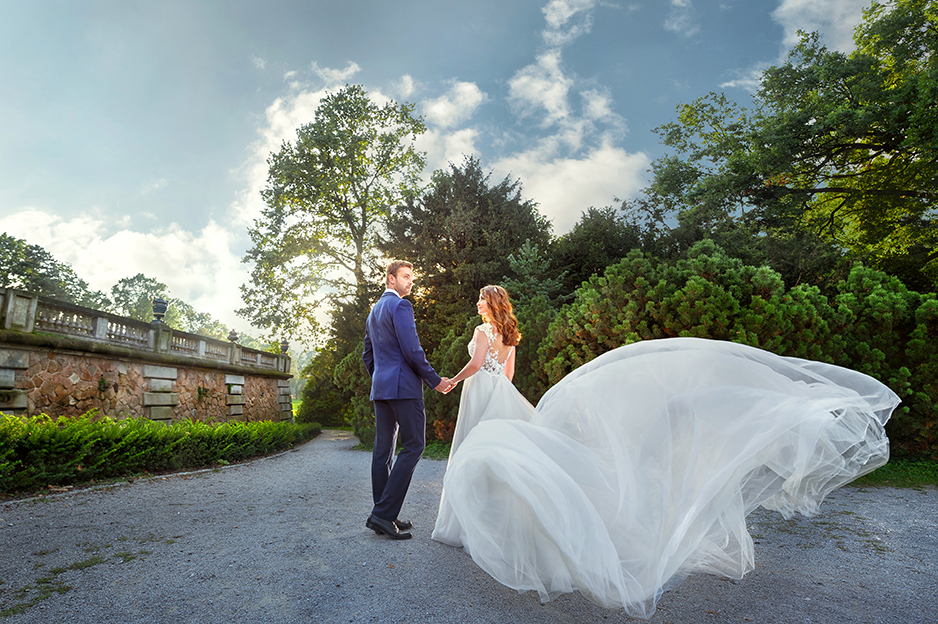
You have won many wedding photography awards. Can you tell us what distinguishes your work from others?
Tough question. It’s never easy to talk about your own photos. Each photographer brings something else to the table – sometimes it’s experience, sometimes equipment, other times talent. I feel like I have managed to free myself from the technical aspect of it. When I take pictures, I don’t have to wonder how to adjust the camera or the lights, and I can focus on seeing and feeling the scene instead. I’ve completed my theory lesson – now it’s time to create. I think I’m making fewer mistakes and becoming more creative every year. I’d say my strongest suit is the ability to combine technique with creativity. As time goes by, I find myself asking “what do I want to express?” more often than “how to take this picture?” Maybe that’s my secret.
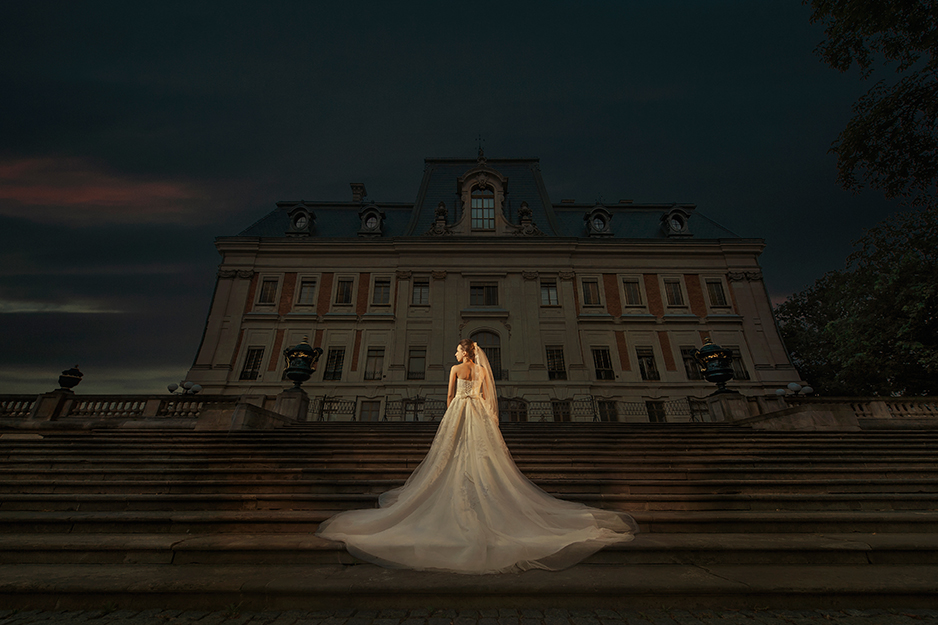
How important is a professional monitor in your work?
To put it provocatively, most people who see your photos have no knowledge of photography…We could spend hours discussing what “professional monitor” actually means, which monitor is better than others and how to equip an editing studio. Today one monitor is touted as the best, tomorrow it will be replaced by another. It’s a never-ending technology race. It might be against the mainstream approach, but for as long as I can see the difference in quality, I will continue to choose EIZO. We can’t control the way clients view our photographs, and that’s probably not going to change any time soon. Even so, I always try to prepare my pictures for printing, which often requires a great deal of precision. Each time I’m working on a photo, I assume it’s going to be printed and displayed on a wall. This means I need a high-end monitor of the best possible quality. As photographers, we create our own world – why would we want to put limitations on it, depriving it of colors, contrast and shadows? We should make our every photo print-ready, even if it ends up being displayed only on a smartphone screen. For me, a photograph means a print – it’s as simple as that. And if the process of preparing images for printing is to be successful, a good monitor is indispensable. I chose EIZO, not only because of its quality, but also because of the people who make this company what it is. Without the human factor, technology is empty.
